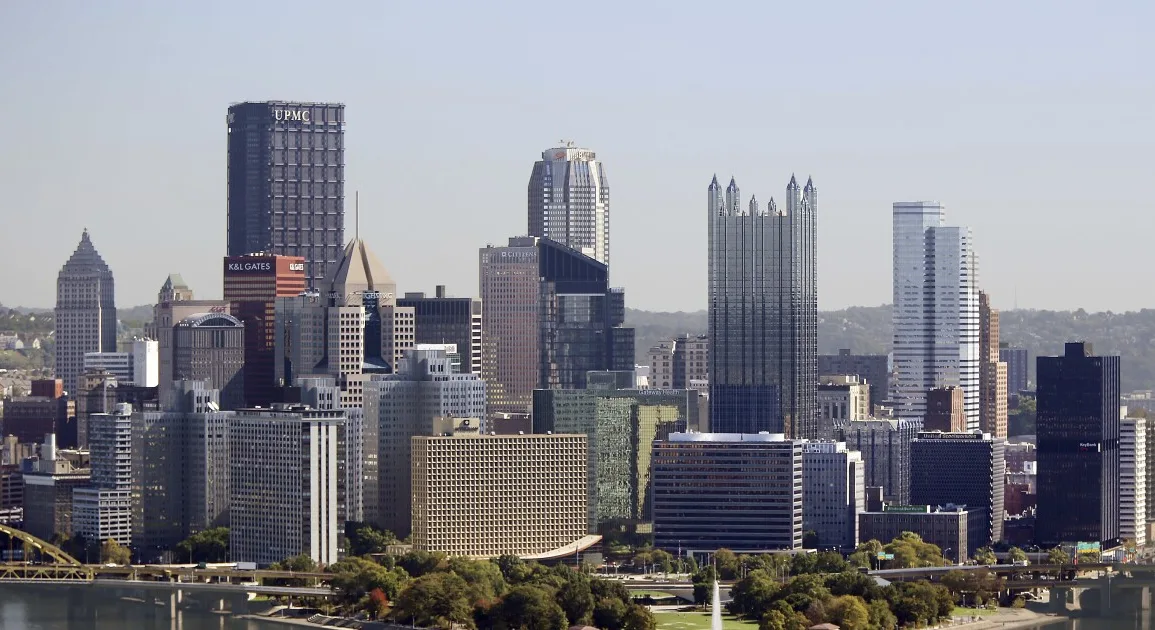In past years, the nonprofit tourism group Visit Pittsburgh focused on marketing and sales goals. But this year they decided to do something more ambitious: create a 10-year plan that tries to identify all of the key assets that will be needed to fully develop Pittsburgh’s tourism industry.
To do that, the organization spent 14 months and met with over 3,000 people and 150 industry and community groups to figure out what the city is doing well and what needs to change. The resulting “tourism development plan” lays out a total of 80 action items the agency is hoping to shepherd through over the next decade, with the help of partners across the region.
“Sales and marketing is still very much part of our focus. It’s very much leading the way,” said Jerad Bachar, the CEO of Visit Pittsburgh. “But in order to make sure that we’re developing the sector in the most robust way, in the most economically sustainable way, we need to make sure that the assets and the experiences that we need to compete are also there.”
The tourism industry faces headwinds, especially downtown, according to data cited in the plan. There’s hope that the city will bring in close to $7 billion this year, which would finally push it above 2019’s pre-pandemic level but last year total spending amounted to $5.9 billion. About 30% of ground floor retail spaces downtown are vacant. Commutes from office workers into the city have fallen by more than 10%. The city is losing its tourism workforce to places like Butler County. Public Transportation ridership has fallen, which could make it difficult to help tourists get around the city.
“Those headwinds are what’s driving the strategy,” Bachar said. “It’s not going to happen organically. It’s going to happen through really thoughtful and focused strategies.”
The plan identifies a number of strategies to enhance the area’s already thriving tourist destinations. For example, one proposal is to build an entertainment venue downtown that would draw families, since most of the current draws — the zoo and aquarium, Kennywood, etc. — aren’t readily accessible to hotel visitors.
The plan includes piloting special transportation options that would take people between the various tourism hubs of Pittsburgh, including Downtown, the Northside, Lawrenceville, Oakland and Squirrel Hill. Another proposal would allow families to get on a boat at the convention center and take it all the way down to Kennywood, and then get back off at the Sandcastle Water Park and the Strip District. A third shuttle would allow people to hop on and off at various craft breweries.
“Whether it’s an entertainment venue or if it’s mobility on the water, all of these things that we look at as tourism assets are very important to our local community because they’re also quality of life assets,” Bachar said.
The plan also envisions creating events and strategies to get visitors into all of the city’s 90 neighborhoods. Tourists would be able to take guided audio tours of the various murals and art projects. Gastronomists would have better guides to the city’s culinary offerings. Sports fans would be able to follow a “sports trail” that celebrates the city’s athletes, while other tourists could tour key places in African American culture, such as August Wilson’s childhood home. The plan calls for other strategies to attract and improve the experiences for LGBTQ visitors, as well as international visitors from India, China and the Dominican Republic.
“What we know about travelers is that they’re looking for authentic experiences,” Bachar said. “And the nice thing about Pittsburgh is that we have so much depth and character across all of our across the entire region, but certainly across all of our various communities.”
Some of the plan’s action items are very detailed, such as allowing zoning for Airbnbs in certain areas, and for Airbnbs in owner-occupied homes across the city. Other parts of the plan are more broad, such as a plan to develop “large-scale nighttime events.”
Some of the plan’s proposed projects that would require large capital expenditures, such as a new hotel at the convention center, could be more challenging and take more time, Bachar said.
“However, we know that with the right development plan, with the right focus on these things and with the right stakeholders and partners at the table, that we can,” he said, make progress.


